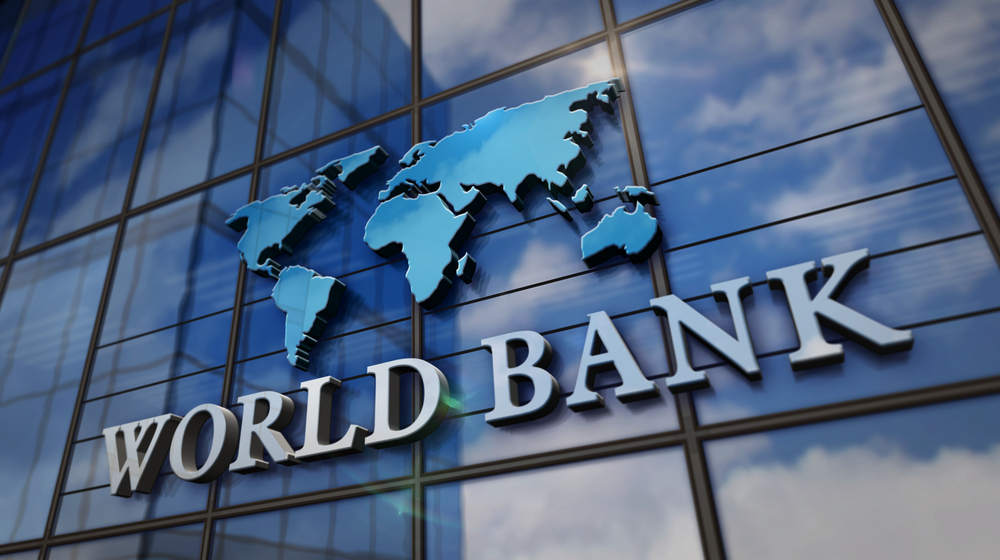World Bank approves first Ukraine aid from US loan backed by Russian assets
Profits generated by frozen Russian assets will repay the $2.05 billion loan.


The World Bank’s Executive Board approved $2.05 billion in new financing for Ukraine on Wednesday, 18 December, marking the first disbursement that includes funds from a US loan backed by frozen Russian assets.
This financing is part of the G7’s broader plan to provide Ukraine with €50 billion using Russian assets. While technically structured as a loan, it will be repaid using taxes on excess profits generated from frozen Russian assets.
The US contribution of $20 billion to the World Bank’s special fund, announced on 10 December, represents a significant portion of this initiative, marking a new approach to utilizing frozen Russian assets to support Ukraine’s recovery and development.
The first financing package adopted on 18 December consists of two parts: a $1.05 billion loan through the ADVANCE Ukraine Trust Fund using resources of the International Bank for Reconstruction and Development and a $1 billion grant from the FORTIS Ukraine FIF fund. The latter is part of the $20 billion that the United States recently contributed using proceeds from frozen Russian assets.
According to the World Bank’s press release, the funds will support Ukraine’s government in implementing reforms to strengthen the country’s economic potential and improve macro-financial stability. The financing will support the Ministry of Finance’s budget and fund policy reforms aimed at:
The program is organized into two main pillars. The first pillar supports efforts to increase Ukraine’s growth potential and focuses on policy measures to enhance competitive entry opportunities in the railway sector and improve its governance. It also seeks to streamline the state’s involvement in the banking sector, promote renewable energy generation and production, increase agricultural sector credit flow, and enhance Ukrainian customs staff competency.
The second pillar supports policy measures aimed at creating a growth-conducive macro-financial policy framework. This includes efforts to strengthen domestic revenue generation, including by aligning excise tax rates on motor fuels with EU standards and conducting a comprehensive valuation of agricultural land.
Related:
- Zelenskyy plans to discuss US aid with Trump after inauguration, emphasizes importance of US-EU unity
- EU’s Kallas warns against rushing Ukraine-Russia negotiations amid Trump’s push for talks
- UK announces new £225 million military aid package for Ukraine
- Drones strike last operational oil refinery in Russia’s Rostov Oblast


